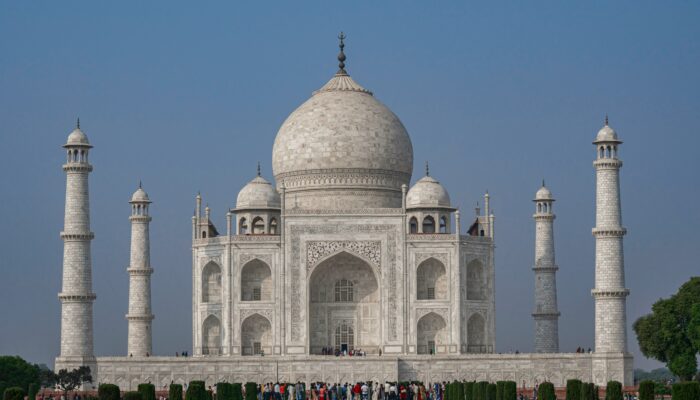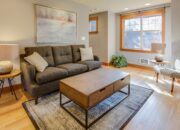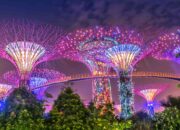Uzone.id – Building as a physical embodiment of society has always been a representation of a country’s national identity. The buildings which rise either proud or humble and all their superstructure and features reflect the history, culture, beliefs, and dreams of the people who dwell in them.
Throughout the years, man has constructed his homes and other structures to conform to the environment, faith, and requirements. This structure includes the Borobudur Temple in Indonesia which is a fine illustration of the Hindu-Buddhist style of constructions which was used to illustrate the cosmological and religious views of the ancient Javanese society.
In the colonial period, it specifically dealt with the same aspect of supremacy and propaganda of the colonizers as a medium. Nonetheless, on the other hand, indigenous people also attempted to be loyal to their cultural heritage by emulating colonial architectural forms.
People and newborn independent countries of the world embarked upon the idea of constructing new architecture to construct a new nation. The neo-modernist architectural style that rejects aesthetics and concentrates on functionality and practicality part was once in vogue. But as time passed by, most of the nations started opening their eyes in terms of the value of cultural origin in the construction of architecture.
Aspects of constructing National identity in Architectural endowments
Several factors in the building can develop a national character, including the following: The use of local materials such as natural stone, wood, or bamboo which not only create distinguishing features to the building but also depict the community’s origin.
Ornaments and motifs that depict specific aspects of nature, mythological or actual folklore are also usually considered to be the distinctive features of a nation’s architecture. For instance, geometric patterns on buildings in Indonesia or animal figures like the dragon, on buildings of China.
Besides, the layout of a building may also mirror such aspects of a society’s life as its social and/or cultural norms. For instance, the idea of stilt houses in several parts of Indonesia is complying with environmental factors such as areas that are frequently flooded.
On the other hand, the size and the ratio of buildings may at times have different perceptions. In this regard, large structures are considered the symbol of the power and grandeur of a particular state.
It is necessary to mention that the application of various construction technologies typical to each epoch has an impact on the shape and performance of the building as well.

Problems arising out of the preservation of their national identity in the design of modern buildings
Each of the countries has its architectural profile, but at the same time in the context of globalization modern architecture is affected by the trends that are successful all over the world. It may result in the decentralization of entrepreneurial building and general non-identity on an architectural level.
So a uniform building standard is required to prevent overemotional visions and ideas in the sphere of architecture. Then avoid the pressure that forces them to construct functional and commercially viable structures at the cost of cultural and historic importance.
However, people especially the majority are not well informed or hardly value the national architecture and this will lead to less concern for historical structures.
The Role of Architecture in Building the Future.
Architecture can be considered as not only the physical construct of an object but also as a social construct that is visible in terms of people’s interactions with space. To summarize, the concept of disciplining architecture through the correlation of national identity consequently aligns with the maintenance of cultural values and their enhancement through rehabilitating history’s architectural landmarks.
However, it is also possible to note that architecture can also be used not only to preserve history but also to develop creativity. In this way, by supporting local architects, they can produce the work of architecture that while being completely new, still has something ‘national’ in the local culture. So, if there are architectural works with national characteristics it can influence the public to understand the role of architecture in the formation of national consciousness.
Architecture as one of the most significant assets of cultural and historical property is concerned with the past but it aims at the future. Having and nurturing national character in architecture wherever they are practiced enables the architects to put up structures that are not only qualitatively attractive but carry with them the intrinsic characteristics of the nation that it represents.














